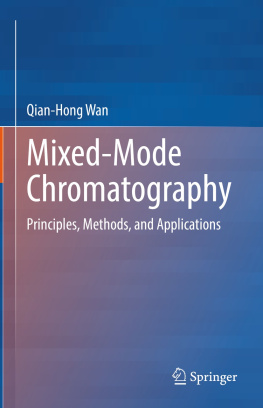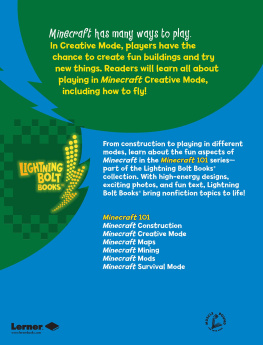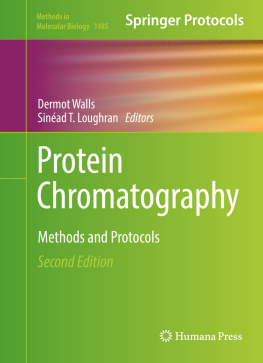Qian-Hong Wan
School of Pharmaceutical Science and Technology, Tianjin University, Tianjin, China
ISBN 978-981-16-5484-8 e-ISBN 978-981-16-5485-5
https://doi.org/10.1007/978-981-16-5485-5
Springer Nature Singapore Pte Ltd. 2021
This work is subject to copyright. All rights are reserved by the Publisher, whether the whole or part of the material is concerned, specifically the rights of translation, reprinting, reuse of illustrations, recitation, broadcasting, reproduction on microfilms or in any other physical way, and transmission or information storage and retrieval, electronic adaptation, computer software, or by similar or dissimilar methodology now known or hereafter developed.
The use of general descriptive names, registered names, trademarks, service marks, etc. in this publication does not imply, even in the absence of a specific statement, that such names are exempt from the relevant protective laws and regulations and therefore free for general use.
The publisher, the authors and the editors are safe to assume that the advice and information in this book are believed to be true and accurate at the date of publication. Neither the publisher nor the authors or the editors give a warranty, expressed or implied, with respect to the material contained herein or for any errors or omissions that may have been made. The publisher remains neutral with regard to jurisdictional claims in published maps and institutional affiliations.
This Springer imprint is published by the registered company Springer Nature Singapore Pte Ltd.
The registered company address is: 152 Beach Road, #21-01/04 Gateway East, Singapore 189721, Singapore
Preface
Since the FDA approved the first monoclonal antibody drug in 1986, the therapeutic antibody drug market has experienced explosive growth. New antibody drugs have been approved to treat a variety of human diseases, including many cancers, autoimmune, metabolic, and infectious diseases. The manufacture of therapeutic antibody drugs usually involves a lengthy and expensive purification process based on protein A affinity chromatography. However, protein A chromatography has two main problems: ligands are easily cleaved by proteases present in cell lysates, and purified antibodies tend to aggregate under the low pH conditions required for elution. Therefore, considerable efforts have been made to mitigate these adverse effects.
Mixed-mode chromatography has emerged to simulate protein A chromatography for antibody purification. Synthetic ligands with multiple functional groups are used to replace natural biomolecules and bind to target molecules through a combination of hydrophobic, electrostatic, and hydrogen bonding interactions. Binding affinity and selectivity can be optimized by following the principles of molecular recognition, such as multivalency, complementarity, and geometric fitting. This book tends to introduce the principles, methods, and applications of mixed-mode chromatography. It starts from a historical perspective covering the development of chromatography in general and mixed-mode chromatography in particular. Then, theoretical considerations are provided, focusing on the mass transfer and band broadening in the packed bed, and the different separation modes and packing materials are described in detail. The following chapters deal with ligand design, retention mechanisms, stationary phases, and mobile phases in mixed-mode chromatography. A large number of examples are used to explain and illustrate the method development and application in biopharmaceutical manufacturing.
I would like to thank Tianjin University for its continuous strong support and the Springer Nature book project team, especially Lewis Liu and Kavitha Jayakumar, for their suggestions during the writing of this book.
Qian-Hong Wan
Tianjin, China
July 08, 2021







